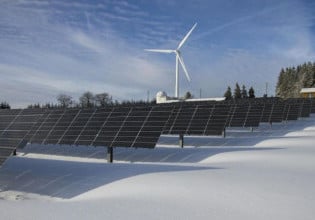I am designing a boost converter (of 50V, 500W) and I am unsure of isolation need.
I know that if there is AC voltage in a circuit (e.g. a rectifier/inverter) you have to isolate,
because voltage changes at various points, so there may be a current flow from the power to control circuit or reverse.
This situation produces noise and can even damage the control circuit if current is high.
I was wondering if we can avoid isolation in a high power boost converter (e.g. 100V, 5kW).
My question in fact is whether the need of isolation is because we want to avoid abnormal current loops or is also related with power level.
I know that if there is AC voltage in a circuit (e.g. a rectifier/inverter) you have to isolate,
because voltage changes at various points, so there may be a current flow from the power to control circuit or reverse.
This situation produces noise and can even damage the control circuit if current is high.
I was wondering if we can avoid isolation in a high power boost converter (e.g. 100V, 5kW).
My question in fact is whether the need of isolation is because we want to avoid abnormal current loops or is also related with power level.





